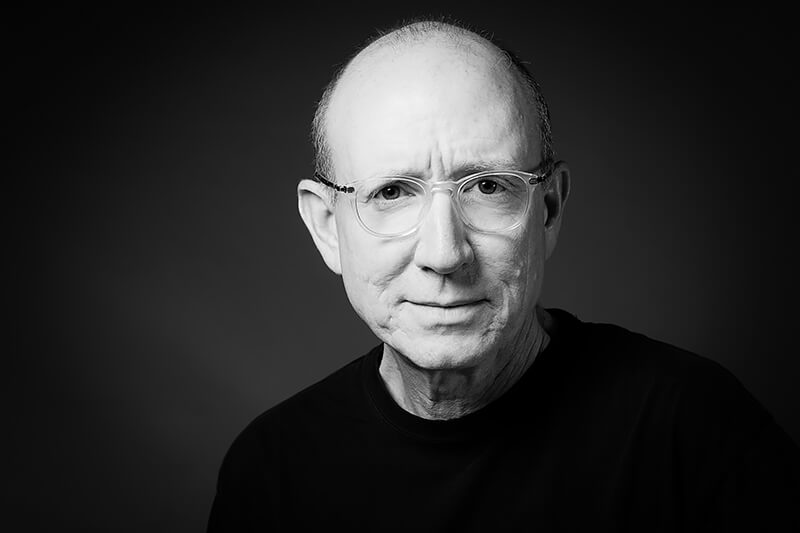I am a travel, documentary and portrait photographer based in Denver, CO. I began exploring
photography ten years ago after retiring early from a corporate career. I travel extensively in
pursuit of images that reflect local cultures and people. My emphasis in recent years has been on
portraiture with the objective of “introducing” viewers to the people I meet and photograph at
home and around the world.
My work has been exhibited in juried group shows at Colorado Photographic Art Center
(Denver, CO), Center for Fine Art Photography (Ft. Collins, CO), Southeast Center for
Photography (Greenville, SC), Naples (FL) Art Association, PhotoPlace Gallery (Middlebury,
VT), ACCI (Berkeley, CA), A. Smith Gallery (Johnson City, TX), Blackbox Gallery (Portland,
OR), Click! Photography Festival (Raleigh/Durham, NC), Midwest Center for Photography
(Wichita, KS). Solo exhibitions include: Asian Journeys (2016) at Gallery MFC, Denver, CO;
Faces (2016) at the Hamilton Family Gallery, Children's Hospital of Colorado, Aurora, CO;
Faces of the American West (2016) at The Darkroom, Longmont, Colorado; and Pleased to Meet
You: Portraits from Places Near & Far (2018) at Gallery MFC, Denver, CO; and Keepers of
Tradition (2019) at Robert Anderson Gallery, Denver, CO.
My photographs have been published in Black & White Magazine, Monovisions Magazine, AAP Magazine, PDN, New Mexico Magazine and Photographer's Forum.
My portraits celebrate humankind.
I've been privileged to meet and photograph people in may different places - across five
continents, diverse geographies, cultures and ways of life. My objective is to make interesting,
accessible and compelling images that tell a story or convey a sense of place and personality.
As a matter of respect and courtesy, I always engage with my subjects, asking permission to
make their portrait. My request is sometimes met with skepticism. Occasionally I'm turned
down. More often, however, my approach results in a conversation - sometimes quite brief, and
often through sign language or a translator. That conversation - whatever it's form - yields a
connection that I hope is reflected in the final image.
I favor simple compositions - straightforward and tightly framed. This approach directs the
viewer's attention to the subject's eyes. In most of my images the individuals are looking directly
at the camera and, by extension, at us. This approach feels honest and straightforward.
The great majority of my portraits are made in natural surroundings with available light. No
studio, no strobes. This approach is less intimidating and less formal. It improves the chances of
capturing a genuine portrait, an unguarded moment that reveals something of the person behind
the photograph.
My portraits document the amazing diversity in appearance, lifestyle and circumstances of the
people I meet in my travels. At the same time, I hope the message that stays with the viewer is,
despite our many superficial differences, our shared humanness connects all of us in the human
tapestry.
